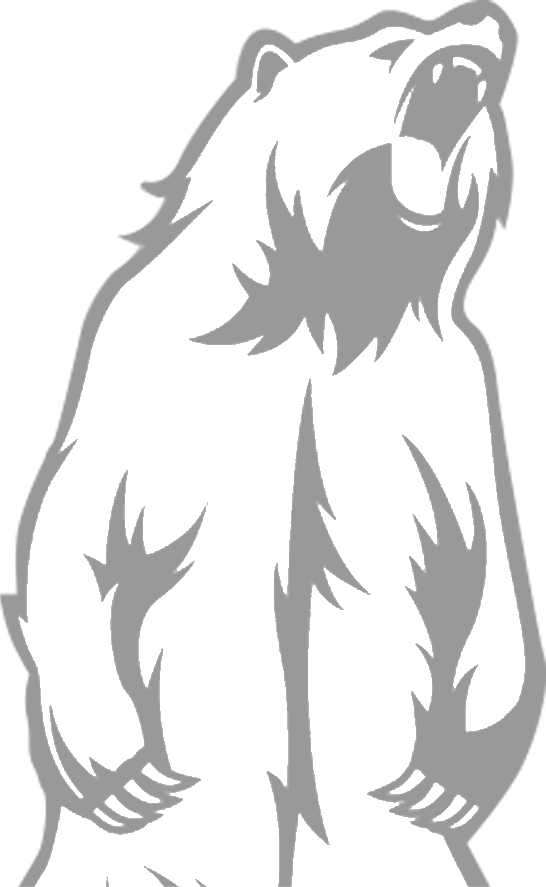The following post is written by Nick Cipkus. Nick works as the Social Media and Marketing Representative for Liberty Performance Training. Please take a moment to visit his website at https://cipsportbiz1988.wordpress.com/ for insights on small business and sports performance!
The MLB Season ends around the beginning of October for most teams. Pitchers and catchers report sometime during the month of February. Major League Baseball player’s take about a month off between the end of the year and start of training for the next season. A 162 game season places a tremendous amount of stress on an athlete mentally and physically. In order to reduce your risk of injury during the season, you must train hard during the off-season.
Liberty caught up with Eric McMahon a few weeks ago. Eric is the Assistant Strength and Conditioning Coordinator for the Texas Rangers. Liberty hopes to provide insight and education for baseball coaches and athletes of all levels with this blog post.
We discuss various topics with Eric such as testing protocols he uses, his favorite baseball specific agility drills, and strength exercises baseball athletes should be performing.
Liberty Performance: When did your first phase of athletes report for off-season training? What were a few testing protocols you used when they reported?
Eric McMahon: Our offseason program officially began in mid-October, about 4 weeks after the season ended. For the players who were in Instructional League and the Arizona Fall League, we gave them a later start date to begin off-season training. We have local groups of players who train in the Dallas and Phoenix areas all winter with our staff. We also bring in additional players for monthly mini-camps starting in November.
In addition to height, weight, and body composition, we test our players in the vertical jump, 10 yard burst, 5-10-5 (Pro-agility), grip strength, and 300 yard shuttle throughout the year.
Liberty Performance: We have seen several videos of your athletes performing agility drills. What are your 3 favorite agility drills to perform in the off-season?
Eric McMahon: Somewhere along the way baseball players started favoring poles and distance running rather than the sprints and agility work that promote athleticism… The more athletic a player is, the easier the movements of the game become. For specific drills, we teach the 5-10-5 drill to be efficient with lateral movement. I like the T-Drill as well, especially for pitchers, as they cover similar ground to PFPs and it is multi-directional… Change of direction exposes weakness in movement patterns, and inefficient movement leads to fatigue, poor performance and possibly injury. Because of this we teach a variety of transitions and footwork patterns to prepare our players for any challenging situations they may face on the field defensively, as well as running the bases.
Another drill that I have liked recently is the combination of minibands over the ankles with ladder drills. The miniband creates a dynamic stabilization effect on the hips while engaging the glutes in each movement pattern. Rather than speeding through the footwork pattern, the player must work to keep an athletic base with width on the band. All of our players have been progressed in both miniband hip progressions and ladder agility drills, so it was a logical progression in our programming to combine the two.
https://twitter.com/RangerStrength/status/933079951720534016
Liberty Performance: High School Baseball Players are beginning preparation for their season. What are 5 strength training exercises they NEED to be performing?
Eric McMahon: High School Strength and Conditioning has come a long way in the past 10-15 years. More and more schools have improved facilities and equipment to use with their athletes in every sport. The challenge I see is that high school athletes get too advanced too quickly when it comes to exercise selection. When starting out it is important to keep things simple and stick the primary multi-joint movements that yield the greatest foundation of strength:
· Emphasize Ground-Up Strength (i.e. Lower Body Exercises)… No exercise in a program will yield better overall gains than the Back Squat. Another “Big Strength” movement is the Deadlift (Barbell or Trap Bar), which teaches the synchronization of the lower body, core, and upper body in picking up resistance from the floor. Both are important exercises.
· Create Upper Body Balance… All pressing exercises should be balanced with pulling exercises (i.e. Rows, Pull-Ups, and Pull-Downs). Back strength is the foundation for your shoulder and rotator cuff to work properly in throwing, and should have a constant presence in your program. For upper body pressing, start with a basic pushup progression and then progress to the Barbell Bench Press… Dumbbell pressing can be included with High School players, but by skipping the barbell version of the Bench Press completely you are limiting your potential for upper body strength gains in the long term.
· Work the Hamstrings / Posterior-Chain… The three movements I focus on are the RDL (Straight-Leg Hip Extension), Barbell Hip Thrust (Bent-Leg Hip Extension), and the Nordic Curl (Eccentric Knee Flexion). By performing these three movements you are training your hamstrings for how they will function in athletic movements on the field.
Liberty Performance: What is one quote you receive motivation from?
Eric McMahon: “Don’t fit in, Be Better. Raise the standards.”
During the off-season, high school and youth athletes focus too much on the technical skills needed for baseball. The Texas Rangers play at the highest level, but place an emphasis on total athletic development with their athletes. Strength, power, core strength and mobility need to improve in order for you to become a better baseball player. Big thanks to Eric for shedding some insight into the Rangers programming and training philosophy.
